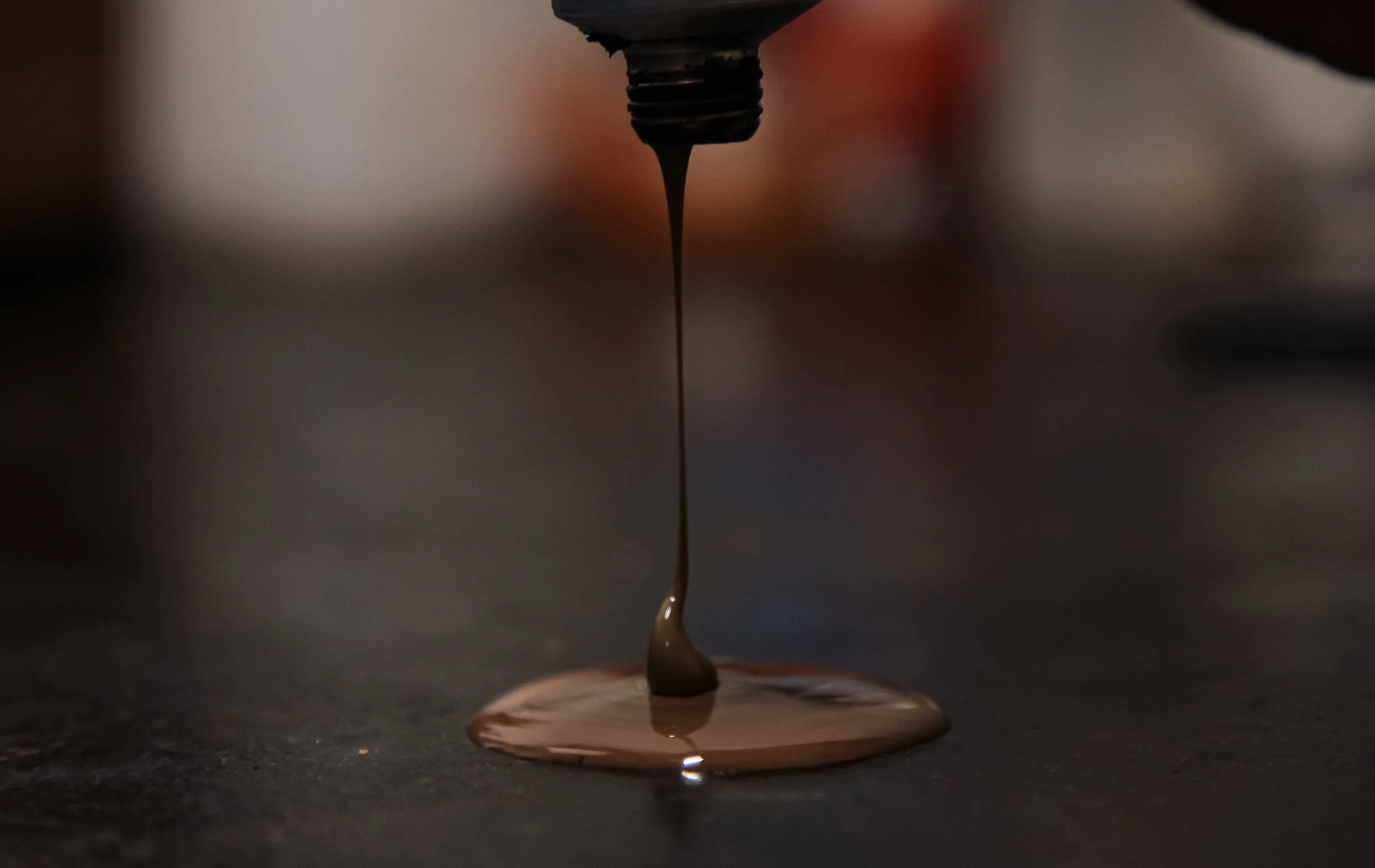what Is kintsugi?
“Kintsugi” is a traditional Japanese technique of repairing broken ceramics using the power of URUSHI.
URUSHI.
Urushi, which comes from the poison oak or black tree family, is harmless when dry and has a very strong hardening effect. It is a natural strong adhesive. In Japan, Urushi has been used to adhere and decorate vessels since the Jomon period, 9,000 years ago. According to one theory, Japan was the first country to start using it. It is used in various field such as architecture and crafts, and is recognized for its high efficacy as an antiseptic and antibacterial agent.
history.
There are various theories about the background of the birth of Kintsugi, but it is said to be the era of “Cha-no-yu(茶の湯),” or the tea ceremony, from the Azuchi-Momoyama period to the early Edo period, over 400 years ago. The tea ceremony, which was developed by Sen no Rikyu(千利休), was a hobby and culture of the wealthy and powerful people of the time, such as feudal lords and large merchants. Oda Nobunaga(織田信長), in particular, was a great collector of tea utensils. Those vassals who made great achievements in battle were given good tea utensils and allowed to hold tea ceremonies. The tea utensils given by Nobunaga were a symbol of wealth and power and the tea utensils were the only ones of their kind in the world, they must have felt an immense desire to restore them to their original state when they were damaged. It was during this time that the restoration technique “Kintsugi” was born.
The Beauty of Imperfection.
Japan has a history of accepting many disasters and changes in the seasons. Therefore, there has been a spirit of accepting the falling of flowers and leaves as ephemeral, and other phenomena of nature’s breakdown as beautiful. Therefore, I believe that the philosophy of kintsugi was already at the root of the Japanese spirit. It is often said that kintsugi is Wabi-sabi(侘び寂び), but I believe that they thought that the imperfection of a tea bowl when it breaks is nature to be accepted. To talk about kintsugi, we must not forget another word, Miyabi(雅). Miyabi is the refinement of manners, erudition, and feeling to eliminate all roughness and falsehood in order to achieve the highest grace. Wabi-sabi and Miyabi, which seem to be relative to each other, have the same spirit of considering things in decline as beautiful, and I believe that Kintsugi is a combination of Wabi-sabi, which embraces imperfection, and Miyabi, which pursues more refined beauty.


